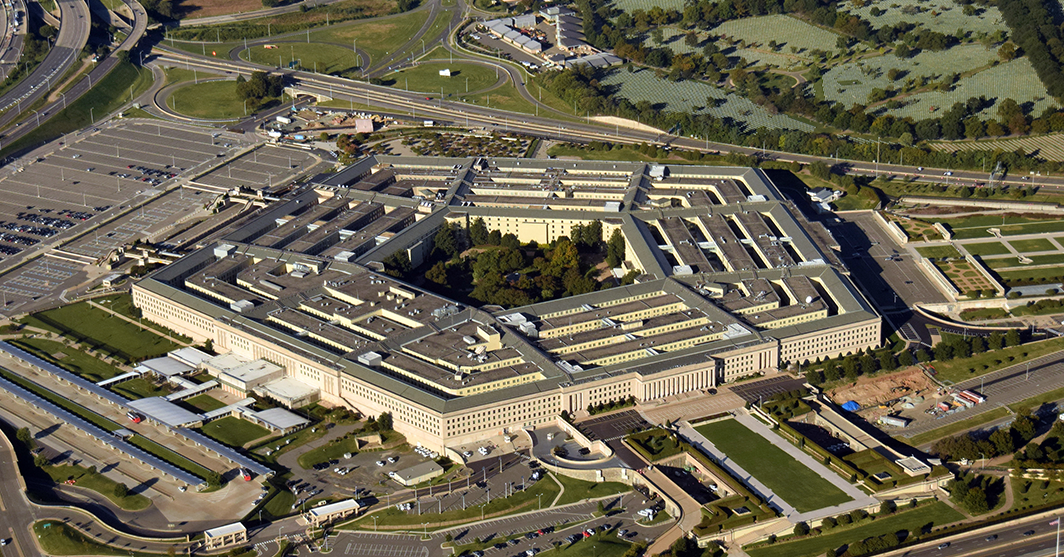Air Force Gen. Glen VanHerck, head of U.S. Northern Command and North American Aerospace Defense Command, said it is imperative for the U.S. and Canada to counter hypersonic weapons as Russia and China move to deploy such capabilities that could avoid detection across several domains, DOD News reported Wednesday.
“Hypersonic weapons are extremely difficult to detect and counter given the weapons’ speed and maneuverability, low flight paths and unpredictable trajectories,” VanHerck said Tuesday during his testimony before the Senate Armed Services Subcommittee on Strategic Forces on the defense authorization request for fiscal 2024.
The general cited the need for the military to recognize homeland defense as vital to the country’s contingency plans and power projection overseas.
“In an area of incredible innovation and technological achievement, inflexible, outdated processes are a greater impediment to success than many of our competitors’ advancements,” VanHerck said.
He told lawmakers that the U.S. and Canada should accelerate efforts to improve domain awareness and mentioned how over-the-horizon radars provide NORAD and USNORTHCOM the capability to detect and track potential threats to North America.
VanHerck said the Joint Force needs “predictable and timely funding” to improve capability and resilience and maintain readiness.
He also noted that the Department of Defense must continue to address hiring challenges and improve personnel management.











